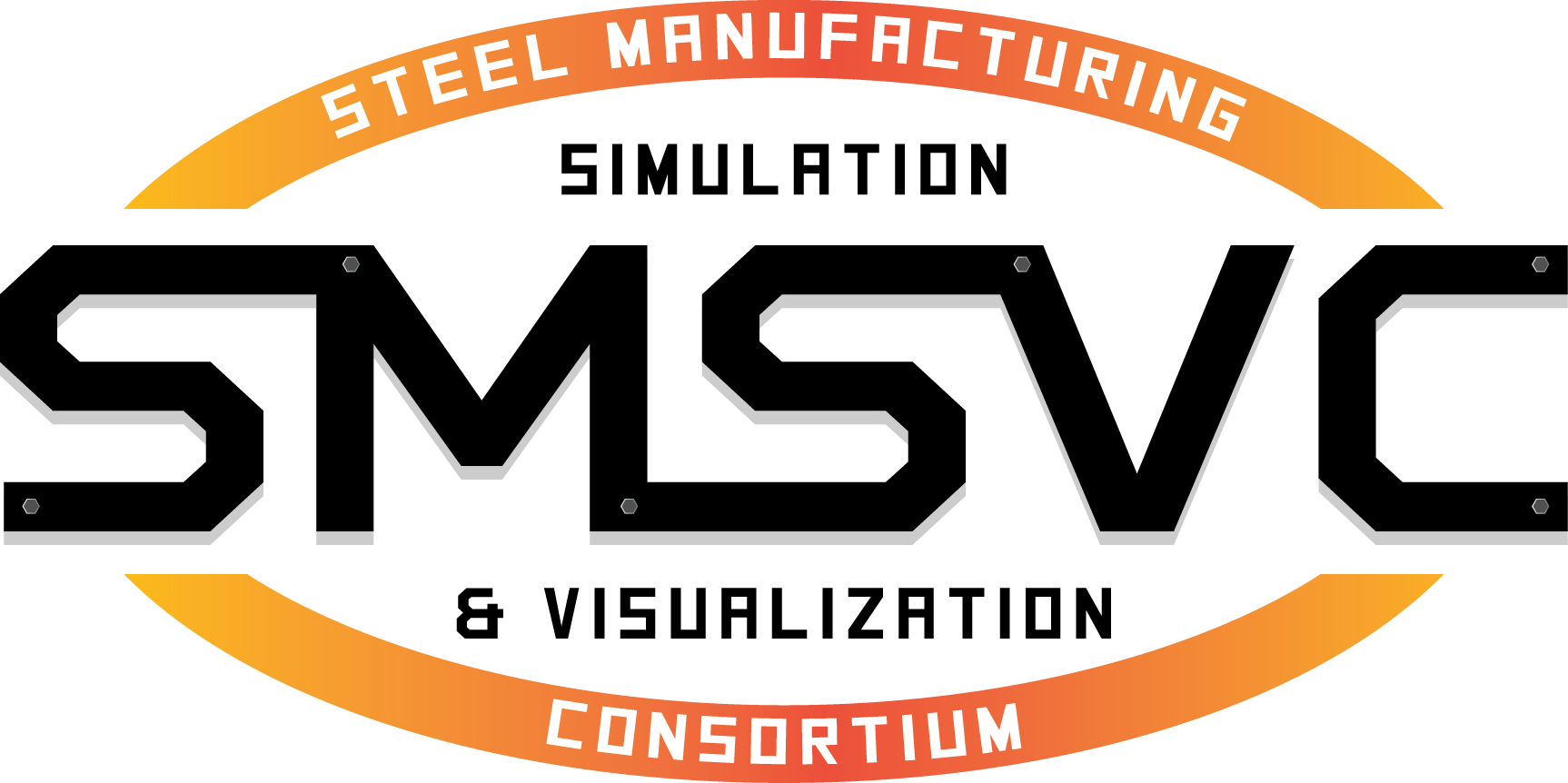As a new semester starts, we want to acknowledge the hard work that went into the 2022 Senior Design Presentations. Students are required to demonstrate professional attitudes and attributes from conception to realistic design of their project, which concludes with the written report and formal oral presentation. These presentations are the culmination of a semester long Senior Design/Capstone Project that requires students to create innovative solutions to problems while implementing the use of computer graphics.
Senior Design students are supervised and mentored by faculty members to help explore research interests and develop strong project proposals. Students are also confronted with the applicable task of providing enough context for the project that a person outside of that discipline understands why this project needs to be done through non-technical language.
The following projects were presented by students in conjunction with CIVS faculty:
Numerical Simulation of wall shear stress and mixing in steel refining Ladle Furnace
Saleh Alshammari (ME), Ghazi Saad G Alharbi (ME)
Advisors: Chenn Zhou, Tyamo Okosun
This project research and work covers the three-dimensional Computational Fluid Dynamics simulations performed on a Gas-stirred ladle used for refining and mixing of steel. The purpose of this project is to do a research and explore the parameters which impact the life of these ladles and the phenomenon of refractory lining erosion and shear in the ladle wall which leads to its degradation . A real life scale model experiment is to be performed for validation of CFD results. Ansys applications were used to develop and run the simulation. Ansys workbench for development and Fluent for running the case.
Design of a Proof of Concept Software for Virtual Solar Farm Safety Training
David Gill (ECE), Cinthia Tafolla (ECE)
Advisors: Chenn Zhou, Kyle Toth
Technicians working in high power electricity face many possible dangers while working with their equipment. Prevention and mitigation are easier than treatment and effectively training employees in electrical safety is a large part of that, helping prevent more deaths and pose less risks to the workplace regarding safety. The main focus of our project was to complete a proof of concept for a virtual solar farm safety trainer to educate trainees in a simulated virtual environment to prevent risk to the trainee, equipment and easier accessibility to complete training. Additionally, a simulated environment has allowed us to perform different safety scenarios and present hazards to test the trainee’s knowledge, how to overcome these hazards in the workplace and safety practices to follow to maintain safety while working on a solar farm. To achieve this, the programs Unity, Blender and GIMP were utilized to create a virtual environment using 3D technology to simulate different scenarios. The virtual simulator features three different modules designed to train in using the proper personal protective equipment depending on the task, properly performing lock out tag out, and situational hazards. Utilizing this simulated training and even improving on it in the future may help further safety practices, the importance of utilizing these safety practices anytime they’re applicable, and preventing any electrical related workplace injuries.
Feasibility Study and Simulation of adding Hydrogen Fuel to a Combined Cycle Natural Gas Combustion Turbine at an Electric Generation Plant
Jon Heins (ME)
Advisors: Chenn Zhou, Tyamo Okosun, Mike Melvin
In the electric power industry, organizations are investigating transitioning combined cycle gas turbine (CCGT) power plants from natural gas to hydrogen combustion to decrease dependance on fossil fuels. Additionally, hydrogen can serve as a compliment to natural gas and syngas as an additional fuel source to protect organizations from price volatility. This design project reviews current work in the transition of CCGT engines to hydrogen fuel and develops a parametric combustion computational fluid dynamics (CFD) study of methane blended with hydrogen gas. The CFD study uses a generic can-combustor design and calculations were performed to determine the amount of blended fuel is required to produce an equitable amount of thermal energy to the baseline (100% methane) case. From the parametric study, the impact hydrogen has on the performance, materials, and flue gas composition of the combined cycle gas turbine engine combustor were determined.
The post Senior Design Students Present Capstone Projects appeared first on Center for Innovation through Visualization and Simulation (CIVS).
